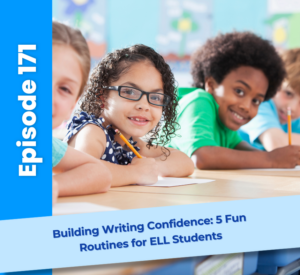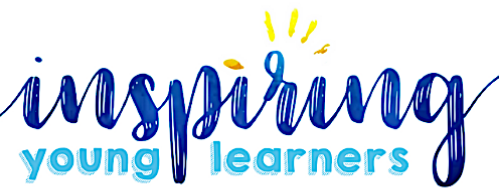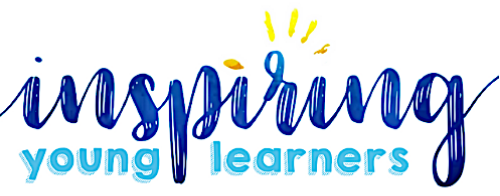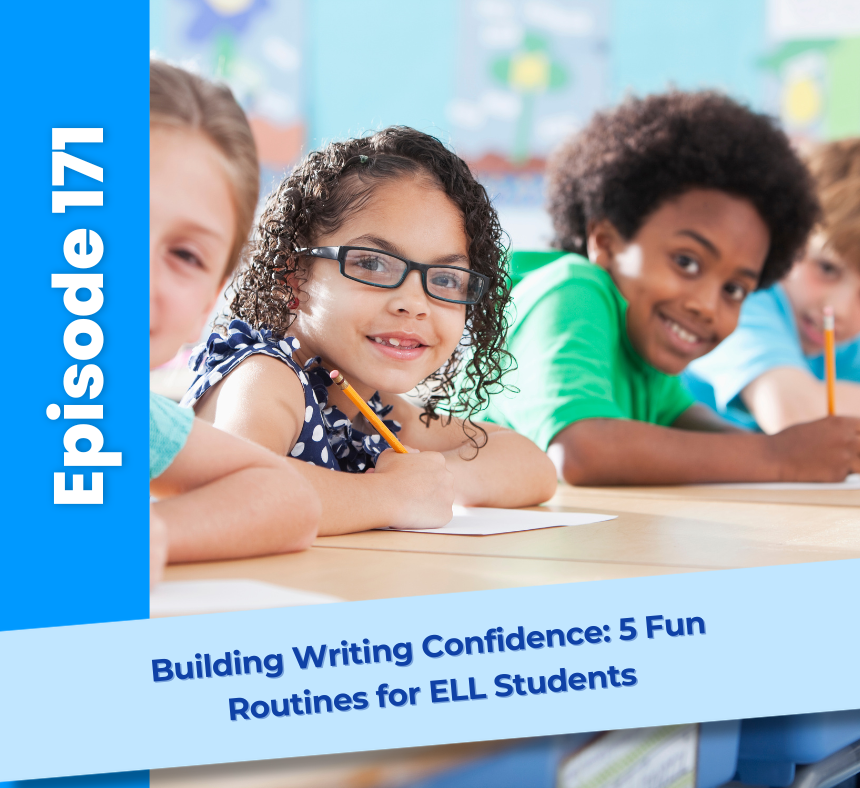
Common Writing Challenges for ELL Students
Despite its importance, writing can be a significant challenge for English learners. Many struggle due to limited vocabulary, which makes it hard to fully express their thoughts. Grammar and sentence structure rules can feel inconsistent and confusing. The fear of making mistakes often leads to hesitation and a lack of risk-taking. Some students may also have limited writing stamina, making it hard to stay focused during longer tasks. Additionally, organizing ideas into logical structures can be overwhelming without the right support.
Five Easy and Engaging Writing Routines
To help ELLs develop writing fluency and confidence, try incorporating these simple yet effective routines:
First, modeled and shared writing gives students a clear example to follow. When you write in front of the class and explain your thought process—how you organize ideas, select words, and structure sentences—students see a practical model they can emulate.
Second, picture prompts paired with sentence frames encourage creativity and support vocabulary development. Present a fun or thought-provoking image and offer sentence starters such as “In this picture, I see…” or “If I were in this picture, I would…”
Third, expanding sentences using the five W’s and “how” helps students build more detailed and meaningful responses. For example, take a basic sentence like “A girl runs” and expand it to “A young girl runs fast in the park on a sunny afternoon because she’s playing tag with her friends.”
Fourth, collaborative storytelling—also known as “pass-the-paper”—builds community and reduces pressure. Each student contributes just one sentence to a group story. This activity promotes creativity and makes writing feel like a fun, shared experience.
Fifth, a writer’s gallery walk encourages students to take pride in their work. Display their writing around the classroom and have students leave positive feedback for each other using sticky notes. This builds confidence and fosters peer-to-peer engagement.
Additional Writing Strategies to Try
To support students even further, consider incorporating pre-writing discussions like Think-Pair-Share to generate ideas. Use shared journals to create a written dialogue between you and your students. Encourage oral rehearsal so students can say their sentences out loud before writing them. Set up revising stations focused on specific writing elements like spelling, punctuation, and word choice. And don’t forget to celebrate—publishing student work or compiling it into class books can boost motivation and show progress over time.
Final Thoughts
Writing may feel intimidating at first, but with consistent support and engaging routines, every ELL student can build confidence and fluency. Keep it fun, start small with sentence writing, and always connect writing with what students are reading and speaking about in class.
Looking for a printable version of these writing routines? Download the free PDF linked in the show notes. And if you try one of these ideas, let us know how it goes—we’d love to hear from you!
- Get your Free Writing Activities Cards Download
- Join the Equipping ELLs Membership
- Shop our TpT Store
Connect with Beth:
More about Equipping ELLs:
We all know that teaching isn’t easy, but it doesn’t have to be this hard. Equipping ELLs is a podcast for both ESL specialists and homeroom teachers who are looking for effective and engaging ways to support their English Language Learners without adding to their endless to-do list. Tune in each week to hear tips, strategies, and inspirational stories that will empower you to better reach your ELL students, equip them with life-long skills, and strengthen relationships with colleagues and parents.
Your host, Beth Vaucher, is the founder of Inspiring Young Learners. She is an ESL certified homeroom teacher with over 10 years of experience teaching in the US and internationally. Her background of M.Ed in ESL and Curriculum and Instruction combined with her experience has led her to develop a bestselling newcomer curriculum that has sold in over 90 countries around the globe. She brings a different perspective to teaching ELLs from her years teaching and living abroad and working with ELLs from around the world. You will walk away from each episode with the ideas and tools you need to transform your experience as a teacher and cultivate a thriving and welcoming environment for your ELL students.



